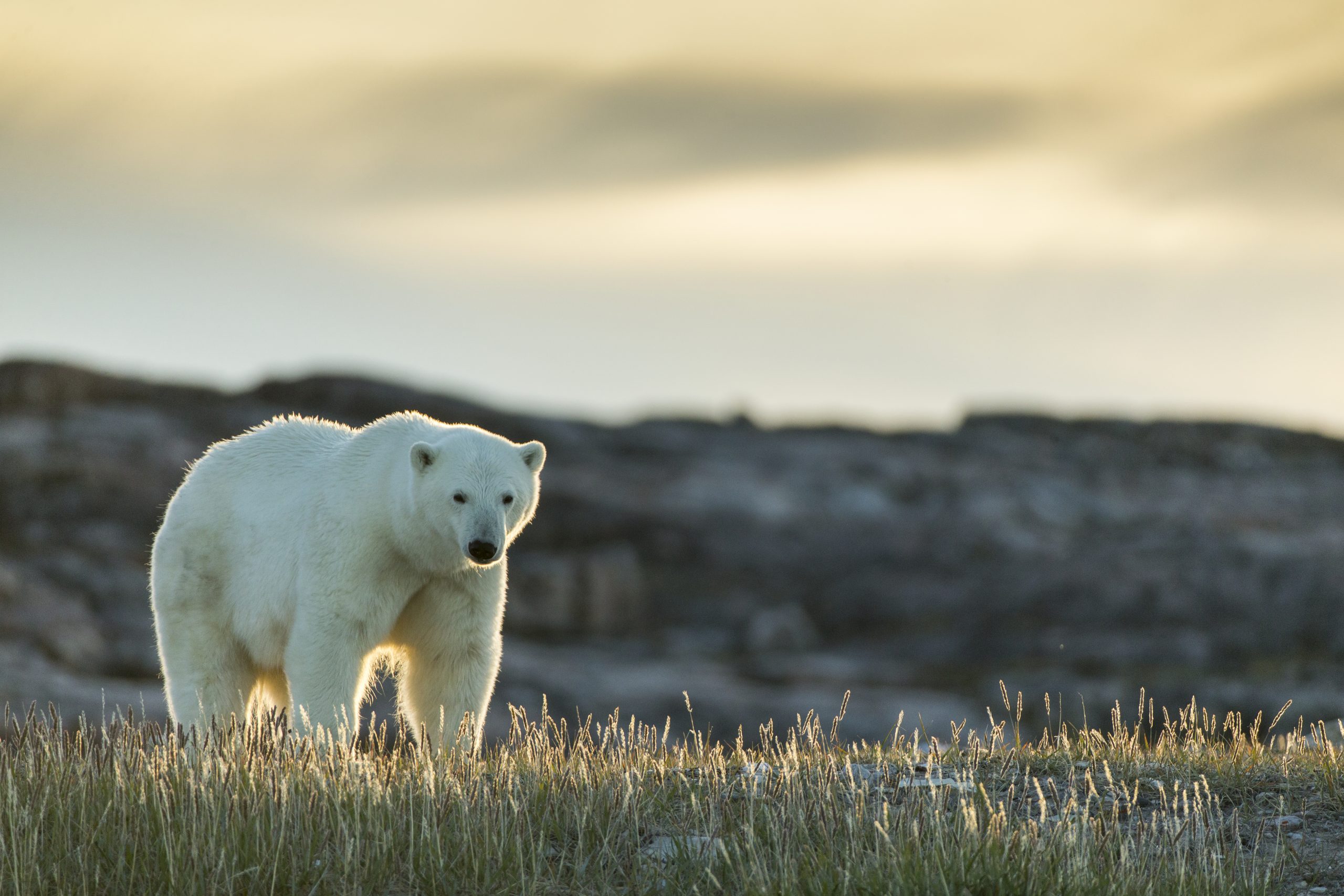Every fall, as ice forms on Canada’s Hudson Bay, polar bears that have spent the summer on land head out onto the frozen bay to feed on seals.
On their way, the bears often wander through the coastal town of Churchill, Manitoba.
Maclean: “In the same way down south you can look out the window and you can see a white-tailed deer … up in Churchill you could look out the window and see an 800-pound apex predator.”
Chantal Maclean is a Manitoba Conservation Officer with the Polar Bear Alert Program, which works to prevent human-bear conflicts in Churchill.
Maclean: “We essentially have a polar bear 911.”
When a polar bear shows up in town, their team rushes to the scene in less than two minutes and tries to scare the bear away.
If needed, the team captures the bear and keeps it in a special holding facility until it can be released near the ice.
As the climate warms, Hudson Bay is staying ice-free longer. That trend is expected to continue, so hungry polar bears may spend more time on land, away from their natural food source and closer to people, which makes the alert program even more critical.
Maclean: “So we want to make sure that all of us stay safe, the people in town stay safe, and that we keep these bears alive.”
Reporting credit: Ethan Freedman / Kristen Pope / ChavoBart Digital Media
Source link


